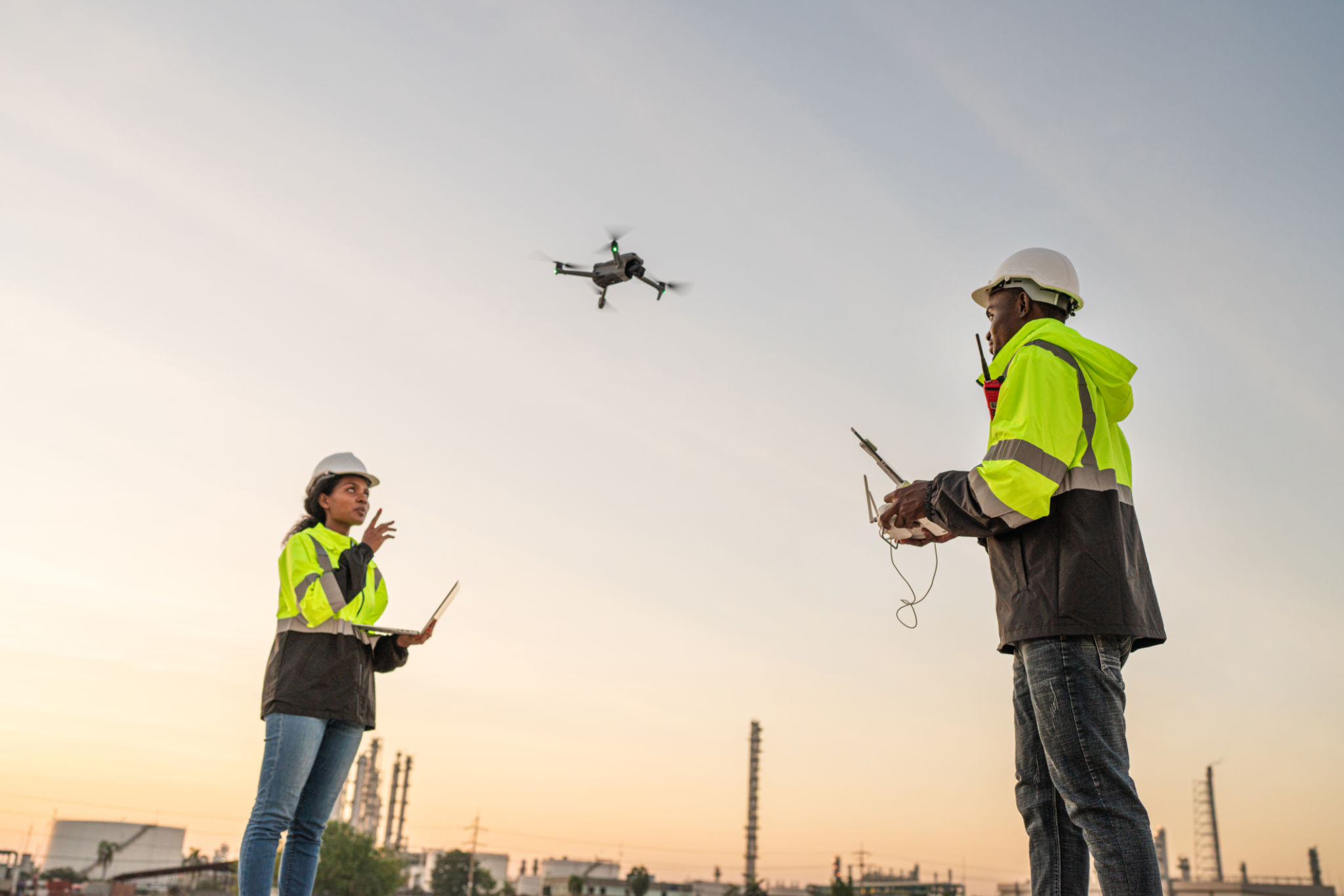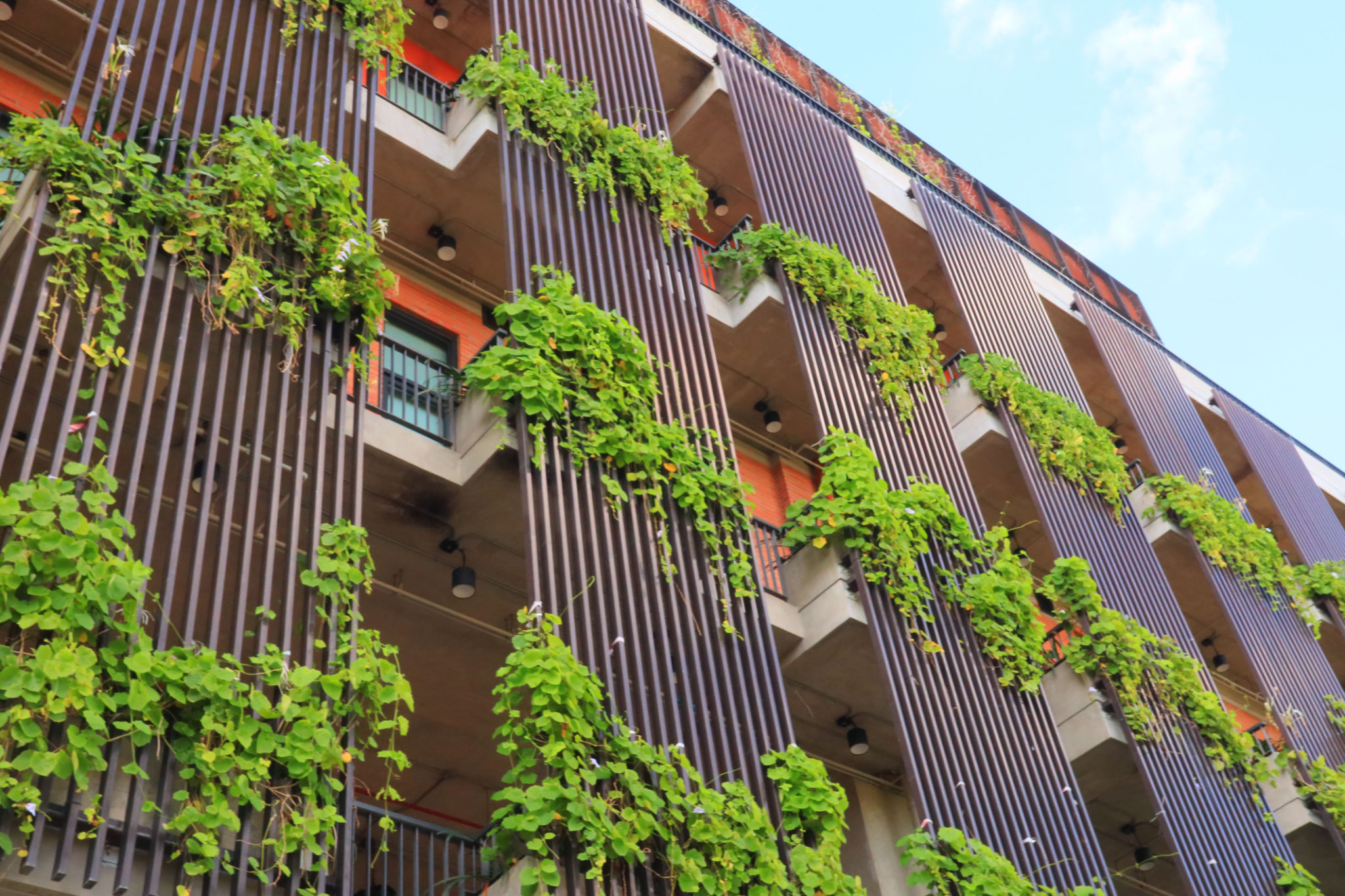The Future of Construction: Integrating Technology and Sustainability in Dubai
As Dubai continues to evolve into a global metropolis, the integration of technology and sustainability in the construction industry is at the forefront of its urban development. This dynamic city is embracing cutting-edge innovations to address environmental challenges while setting new benchmarks in architectural excellence.
The Role of Technology in Modern Construction
Technological advancements are revolutionizing the construction landscape in Dubai. From 3D printing to Building Information Modeling (BIM), these innovations are enhancing efficiency and reducing costs. BIM, in particular, allows architects and engineers to create detailed digital representations of buildings, streamlining the construction process and minimizing errors.
Moreover, the use of drones for site surveys and progress monitoring is becoming increasingly popular. Drones provide real-time data and aerial views that help project managers make informed decisions, ensuring projects stay on schedule and within budget. The adoption of robotics for tasks like bricklaying and concrete pouring further exemplifies how technology is transforming traditional construction methods.

Sustainability: A Key Priority
Dubai's commitment to sustainability is evident in its ambitious plans to reduce carbon emissions and promote green building practices. The city has implemented stringent regulations to ensure new constructions meet high environmental standards. The use of sustainable materials, energy-efficient designs, and smart building technologies are integral to these efforts.
One of the key strategies in sustainable construction is the incorporation of renewable energy sources. Solar panels, for instance, are being widely used to power buildings, reducing reliance on fossil fuels. Additionally, water conservation techniques such as greywater recycling and rainwater harvesting are becoming standard practices in new developments.

Innovative Architectural Designs
Dubai is renowned for its iconic skyline, and the integration of technology and sustainability is giving rise to even more innovative architectural designs. The city's architects are pushing boundaries by creating structures that are not only visually stunning but also environmentally friendly.
One notable example is the use of adaptive façades, which adjust to weather conditions to optimize energy use. These dynamic exteriors help regulate indoor temperatures, reducing the need for air conditioning and lowering energy consumption. Vertical gardens and green roofs are also gaining popularity, providing natural insulation and improving air quality.

Challenges and Opportunities
While the integration of technology and sustainability offers numerous benefits, it also presents challenges. The high initial costs of implementing advanced technologies can be a barrier for some developers. Additionally, the rapid pace of innovation requires continuous learning and adaptation by industry professionals.
However, these challenges present opportunities for growth and development. By investing in research and development, Dubai can continue to lead the way in sustainable construction practices. Collaboration between government bodies, private companies, and academic institutions will be crucial in driving these advancements forward.
The Path Forward
Looking ahead, the future of construction in Dubai is bright. By embracing technology and prioritizing sustainability, the city is setting a global example for urban development. As these trends continue to evolve, Dubai will remain at the forefront of architectural innovation and environmental stewardship.
Ultimately, the integration of technology and sustainability in construction will not only enhance the quality of life for residents but also contribute to a more sustainable future for generations to come.